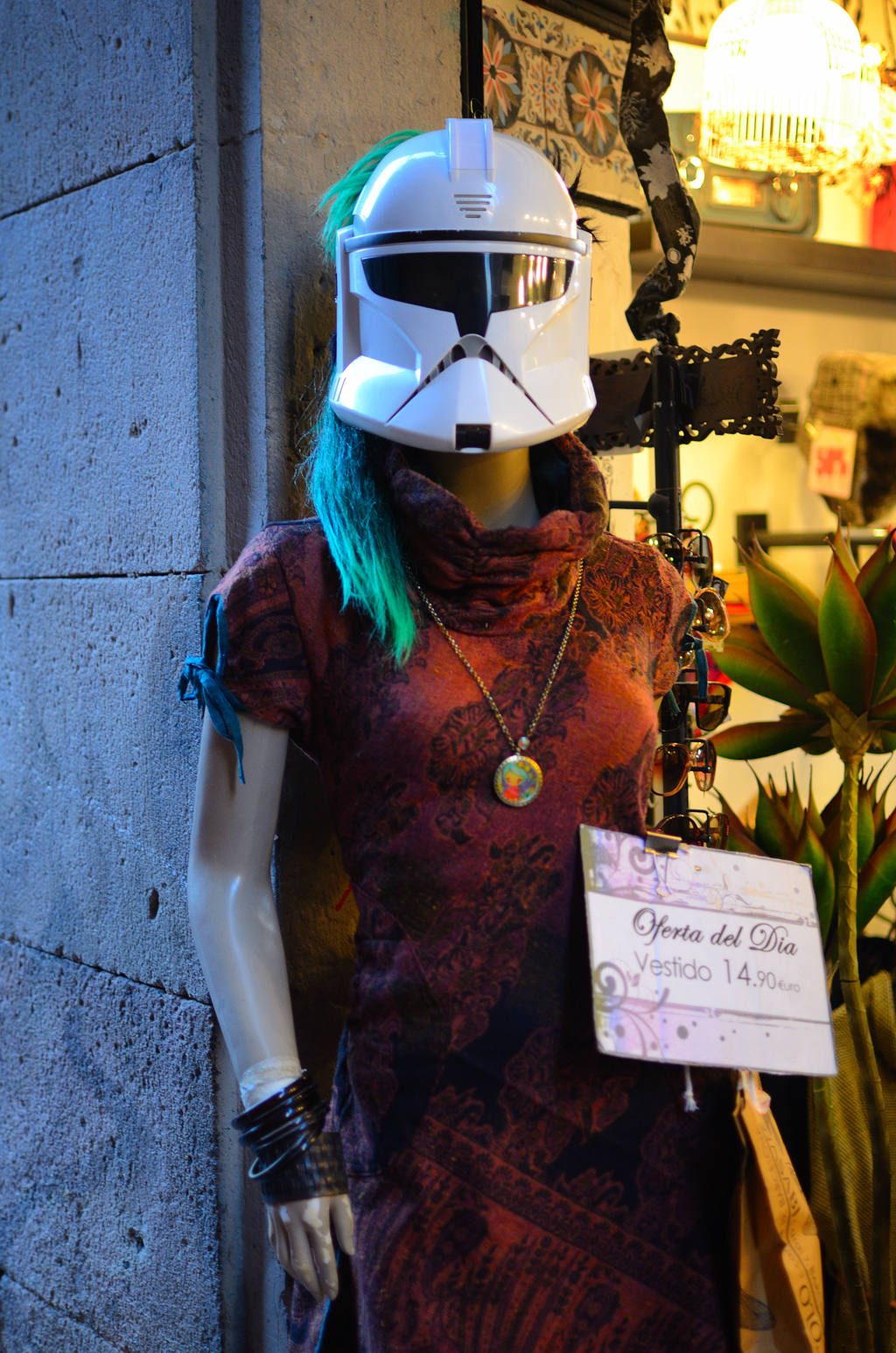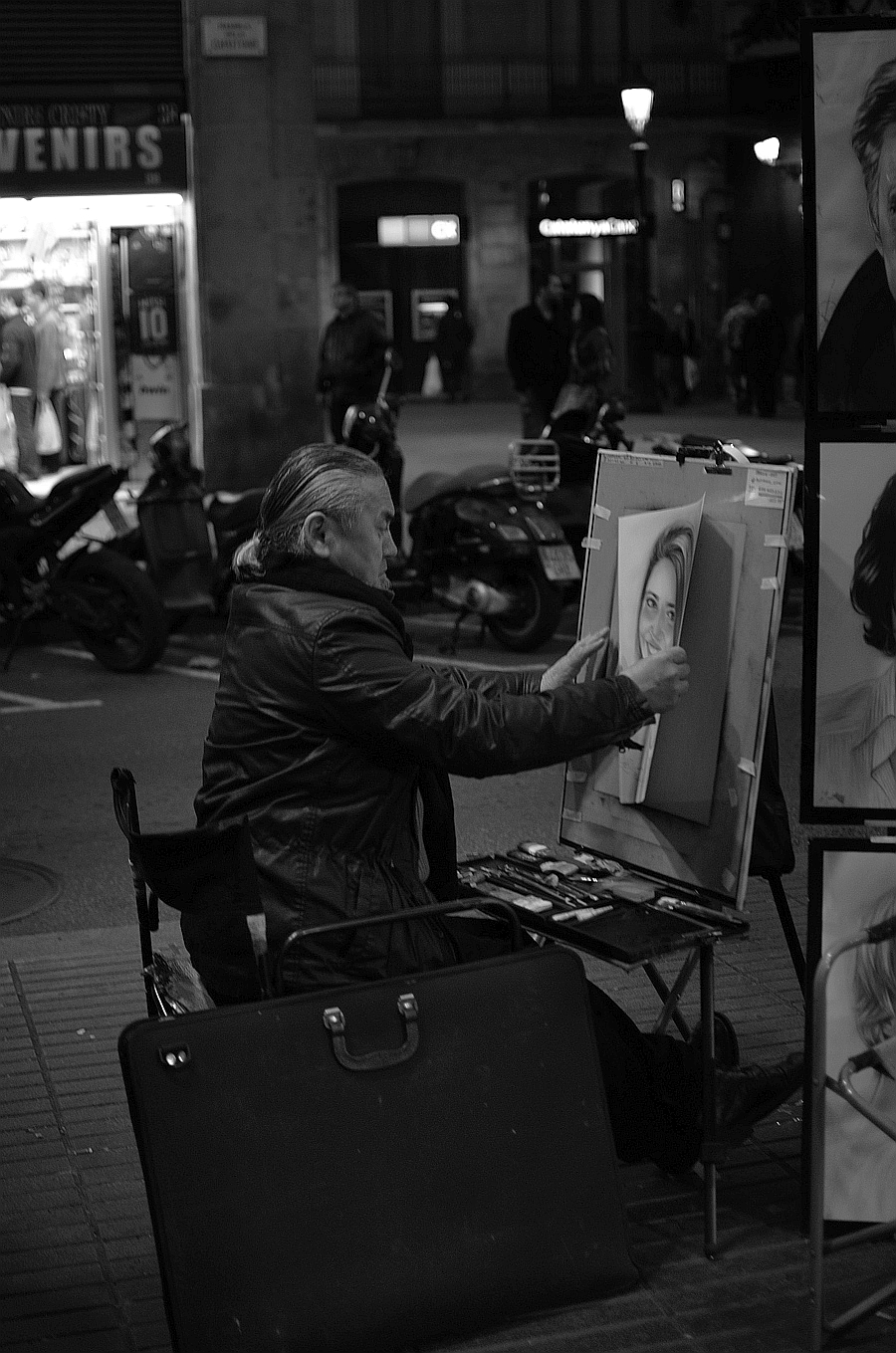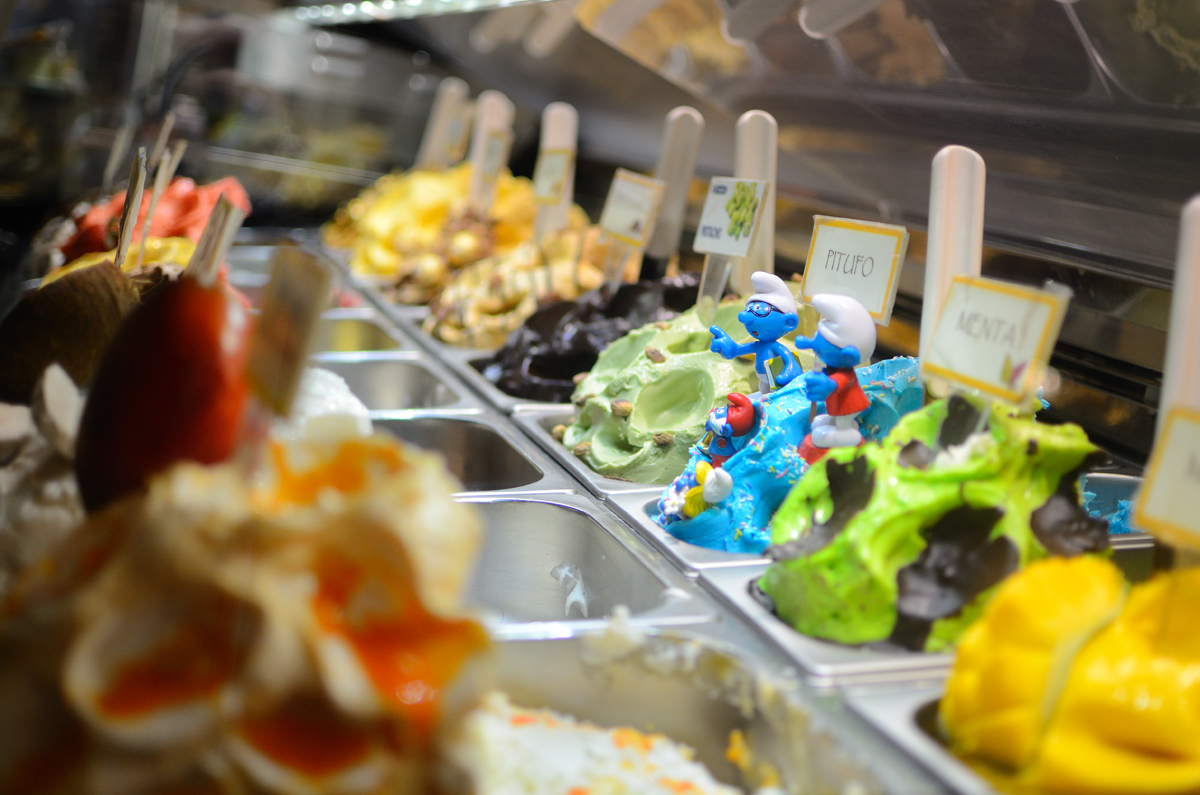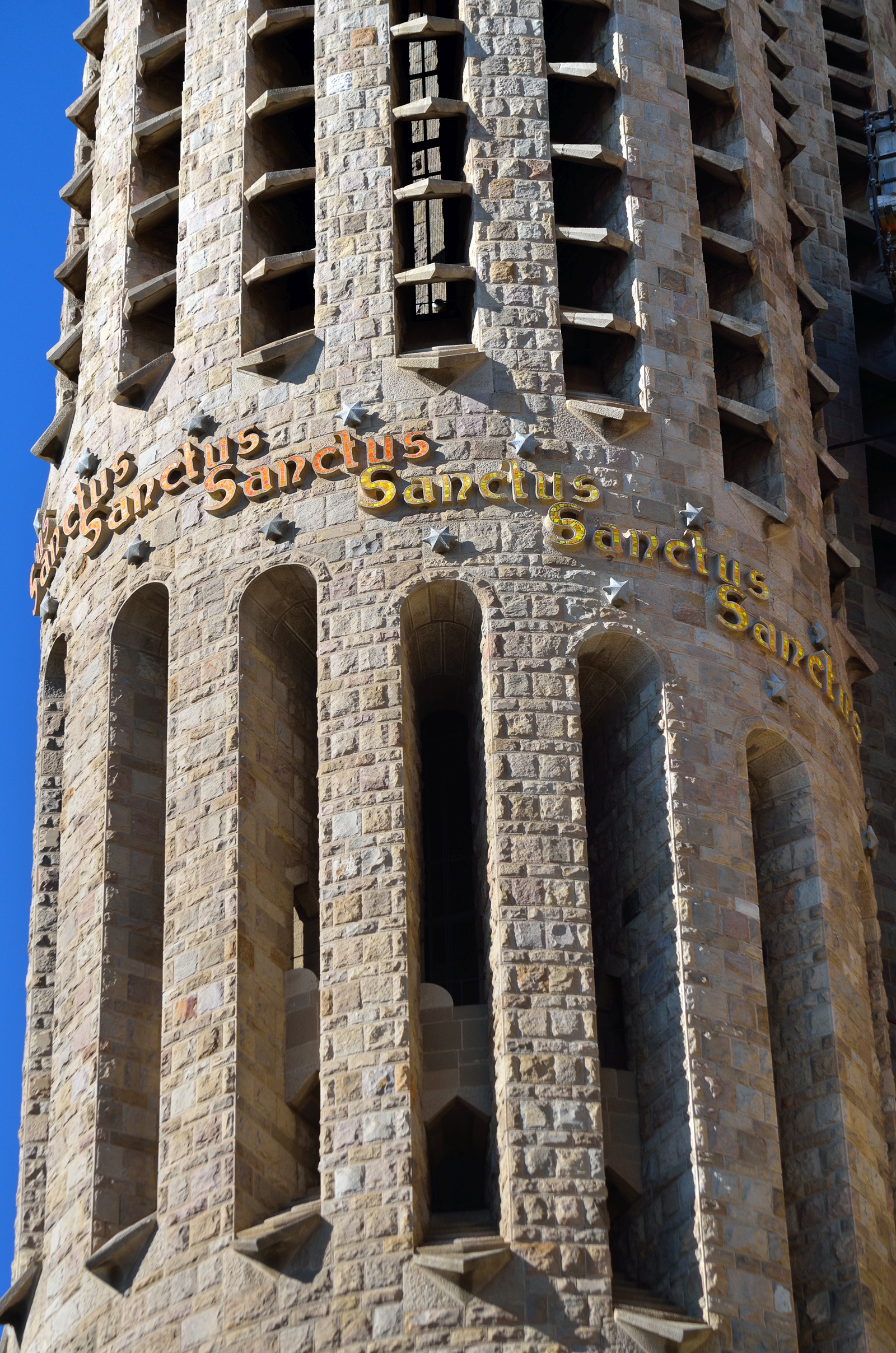
This is a vintage camera I spotted at the Francesc Mares museum. It is easy to grow a passion for vintage cameras when you see one. I have a wonderful Voigtlander for example which I feel proud of and which I own just by chance.
Who doesn't remember that old camera we regarded as a weird obsolete dust-covered contrivance our parents had from grandpa or grandma? Well, this is exactly my case. And musing on this matter, I wonder what may become of modern cameras when time passes by, will my Nikon D7000 be an object of cult in say, fifty years?
The digital cameras world has evolved so fast and access to decent cameras to shoot with has grown so much that it is difficult to predict what is to turn into a vintage article or at least a retro one up to the point it makes you feel proud of it and urges you to preserving it instead of letting it die. Of course, I reckon that things that are rather unique now, will be more appreciated in the future. Maybe a strange model of Holga, although made in plastic could be more sought for than the standard DSLR. There's a certain factor of uncertainty as to what is going to be cherished by next-generation collectors or fans. And all this leads me to conclude that it is that uniqueness, that weirdness, that peculiarity in certain items which gives them the category of vintage and not everything will prevail.
Of course when you buy yourself a camera you do not foresee what value this is going to have later on and in fact I wouldn't recommend buying exclusiveness for two reasons, one, it is going to be more expensive and two, not even a medium can tell now whether you are going to be the happy owner of a collector's piece or not. So you'd better go for the gear that suits you according to your pocket and your goals as a photographer. Maybe you just want to take pictures of your kids and your smartphone does what you want pretty well or maybe you take it more seriously and prefer better images. If you are at that step, perhaps you wonder what to buy and you do not know what things you should take into account first.
Who doesn't remember that old camera we regarded as a weird obsolete dust-covered contrivance our parents had from grandpa or grandma? Well, this is exactly my case. And musing on this matter, I wonder what may become of modern cameras when time passes by, will my Nikon D7000 be an object of cult in say, fifty years?
The digital cameras world has evolved so fast and access to decent cameras to shoot with has grown so much that it is difficult to predict what is to turn into a vintage article or at least a retro one up to the point it makes you feel proud of it and urges you to preserving it instead of letting it die. Of course, I reckon that things that are rather unique now, will be more appreciated in the future. Maybe a strange model of Holga, although made in plastic could be more sought for than the standard DSLR. There's a certain factor of uncertainty as to what is going to be cherished by next-generation collectors or fans. And all this leads me to conclude that it is that uniqueness, that weirdness, that peculiarity in certain items which gives them the category of vintage and not everything will prevail.
Of course when you buy yourself a camera you do not foresee what value this is going to have later on and in fact I wouldn't recommend buying exclusiveness for two reasons, one, it is going to be more expensive and two, not even a medium can tell now whether you are going to be the happy owner of a collector's piece or not. So you'd better go for the gear that suits you according to your pocket and your goals as a photographer. Maybe you just want to take pictures of your kids and your smartphone does what you want pretty well or maybe you take it more seriously and prefer better images. If you are at that step, perhaps you wonder what to buy and you do not know what things you should take into account first.
These are the Top 10 Things to Consider Before Buying a Camera in my opinion although there are more of course:
- Which use am I going to make of the camera? What kind of photographs do I want?
This point might seem too obvious and simple but affects whatever tip you may need or follow afterwards. Perhaps you have enough with not so high quality pictures taken with a point and shoot digicam in which the camera controls you and not the other way, perhaps weight and ease of use suit you better. Maybe you want to go deeper in the learning curve and want to try a DSLR and tame your camera and your photographs, first in an amateur way and why not, in a professional way. Nobody wants to run with a bag full of heavy gear just to take casual images. Well, there are some exceptions. But you get it, I want this camera to take a decent picture and that's all or I want this to make me an artist and win the next World Press Photo Contest or somewhere in between, which I think is better. At which point are you in the range?
- How much is it going to be? Can I afford it?
You have to adapt your expectations to your budget. With the same amount of money you can buy a point and shoot and a lot of extras or just a DSLR body. It all depends on your needs. There are people that prefer a simple underwater camera for the holidays and others that cannot live without their full frame DSLR. Once you know your limit, the limit in your pocket, then you should know that the photography market is full of offers and opportunities that not necessarily are found in that well known megastore. I would recommend starting with a good DSLR, body only and then buying lens and stuff later on.
- How many megapixels?
There is this general myth that the more megapixels the better quality you get in your pictures. Wrong! Pixels are just the dots in your image and having them more concentrated so to say, only matters if you enlarge for printing purposes. Of course pixels count for quality but I'd say that with 6 megapixels you have more than enough in the case of normal prints. That's the amount I had in my good old Nikon D70s. Now with 16 I am no longer interested in winning the megapixel battle with fellow photographers. It's pretty silly but there's this childish impulse to brag about megapixels.
- Read reviews!
It is of extreme importance that you visit sites where you get reviews about cameras, especially those where the author compares brands and models. I will suggest a couple of sites for you:
Digital Photography Review or my favorite, www.kenrockwell.com
Photography is made with light so it makes sense that you think of it when buying a camera. You have to ask you yourself, how am I going to get more light to have better pictures? Of course you don't stop to ask the question but searching for the light is at the bottom of everything. Nikon D70s starts with an ISO of 200 and D7000 starts with 100. There is a debate about the difference between both. I don't think we can appreciate the difference in noise between the two (ISO is the level of sensitivity of the camera to available light), so the lower parameters are not that significant, but then after 400 or in other words with higher sensitivity you not only gain more light but also more noise, or more grain in your picture. Nowadays there are cameras that eliminate a lot of noise for you at incredibly high ISO, for example Canon EOS 1DX reaches 51.200 ISO and there's low noise up to 2786 ISO which is great. As you see is not the upper limit that really counts but the limit up to which you are in a relative low noise situation and then there is software of course to get rid of some more noise. But it is not only the ISO limit you should look. There is also aperture and shutter speed to take into account. The larger aperture you have the more light you get. Remember that larger in fact means lower numbers in your F scale. Obviously, a prime lens like Nikkor 50mm 1.4 lets in much more light than Nikon 18-70mm f/3.5-4.5 kit lens in D70s. A wide range of shutter speed settings is recommended too to have more control of the exposure. Shutter speed is exposure time, it is how long the camera's shutter is open to the light that reaches the sensor. Shutter speed, aperture (f-number), and luminance together determine the amount of light that reaches the sensor (the exposure) and this is something somehow more restricted in point-and-shoots.
- Go for the light!
Photography is made with light so it makes sense that you think of it when buying a camera. You have to ask you yourself, how am I going to get more light to have better pictures? Of course you don't stop to ask the question but searching for the light is at the bottom of everything. Nikon D70s starts with an ISO of 200 and D7000 starts with 100. There is a debate about the difference between both. I don't think we can appreciate the difference in noise between the two (ISO is the level of sensitivity of the camera to available light), so the lower parameters are not that significant, but then after 400 or in other words with higher sensitivity you not only gain more light but also more noise, or more grain in your picture. Nowadays there are cameras that eliminate a lot of noise for you at incredibly high ISO, for example Canon EOS 1DX reaches 51.200 ISO and there's low noise up to 2786 ISO which is great. As you see is not the upper limit that really counts but the limit up to which you are in a relative low noise situation and then there is software of course to get rid of some more noise. But it is not only the ISO limit you should look. There is also aperture and shutter speed to take into account. The larger aperture you have the more light you get. Remember that larger in fact means lower numbers in your F scale. Obviously, a prime lens like Nikkor 50mm 1.4 lets in much more light than Nikon 18-70mm f/3.5-4.5 kit lens in D70s. A wide range of shutter speed settings is recommended too to have more control of the exposure. Shutter speed is exposure time, it is how long the camera's shutter is open to the light that reaches the sensor. Shutter speed, aperture (f-number), and luminance together determine the amount of light that reaches the sensor (the exposure) and this is something somehow more restricted in point-and-shoots.
-Be sure you can reuse old parts
Many camera systems offer the possibility of reusing old parts even from film cameras but some of them get discontinued depending on the brand. Nikon and Canon are for me the most complete in this respect.
- Image stabilization (IS)
There are three types of image stabilization, optical, digital and a mixture of both. It would be a good idea to check that your camera has a good optical image stabilization system which consists of moving the parts of the camera to compensate for camera shake. Digital stabilization is only about software and has to do with increasing ISO sensitivity in your camera to allow for more shutter speed and thus less blur in the image.
- Zoom
Digital zooms modify images by software in the camera so this will never be as good as zooming in or out with the actual lens and its optical mechanism.
- Usability
If you want to have a good camera you need to make sure it comes with all the useful controls you may get for a reasonable price in a way that it makes you save time, it does what you want it to do, it gives you high quality pictures (as long as you know how to use it properly and you have the artist in you too) and it does not stand in your way making the act of photography something uncomfortable for you. Menus should be helpful and not confusing, LCDs should be big and well illuminated, the body should be made of good materials and have a good ergonomic grip.
-Opportunities
Last but no less, find offers, bargain, negotiate and get your stuff for a reasonable price. Don't go crazy about buying that latest model in the official store when you can get it on ebay or similar. Sometimes simply the fact that you shop online helps squeezing a few bucks from the original price.
I hope you find the tips helpful. Ten tips aren't enough though. If only they could brighten your ideas a little bit then the post was worth writing.
In the line of recent posts I would like to suggest a website to find coupons to save up money in your purchase: Flipart coupon codes
category: cameras
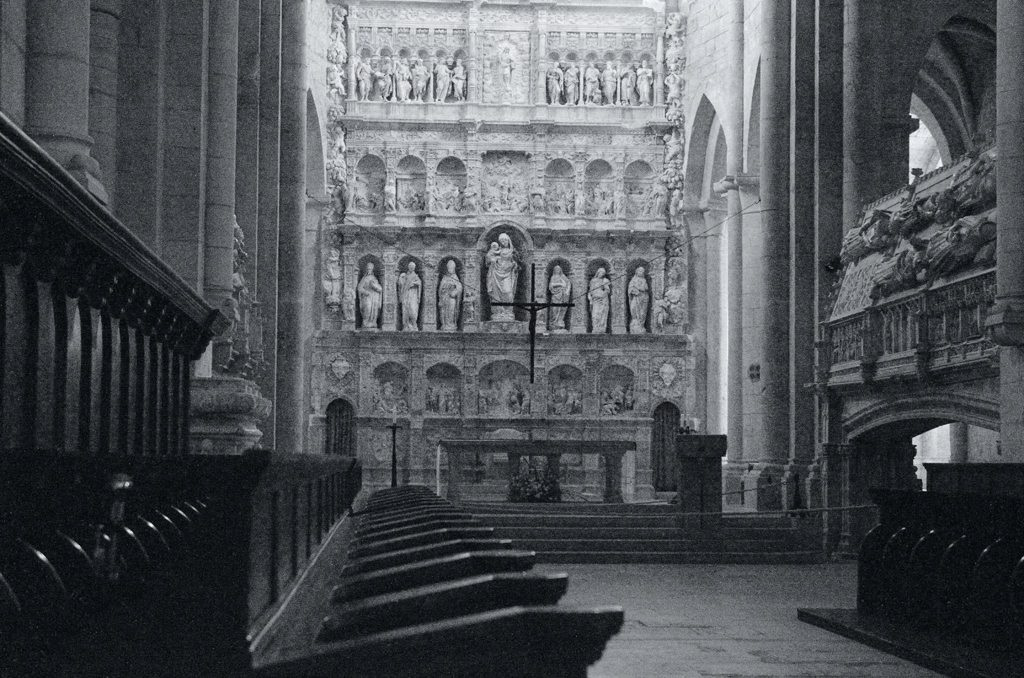





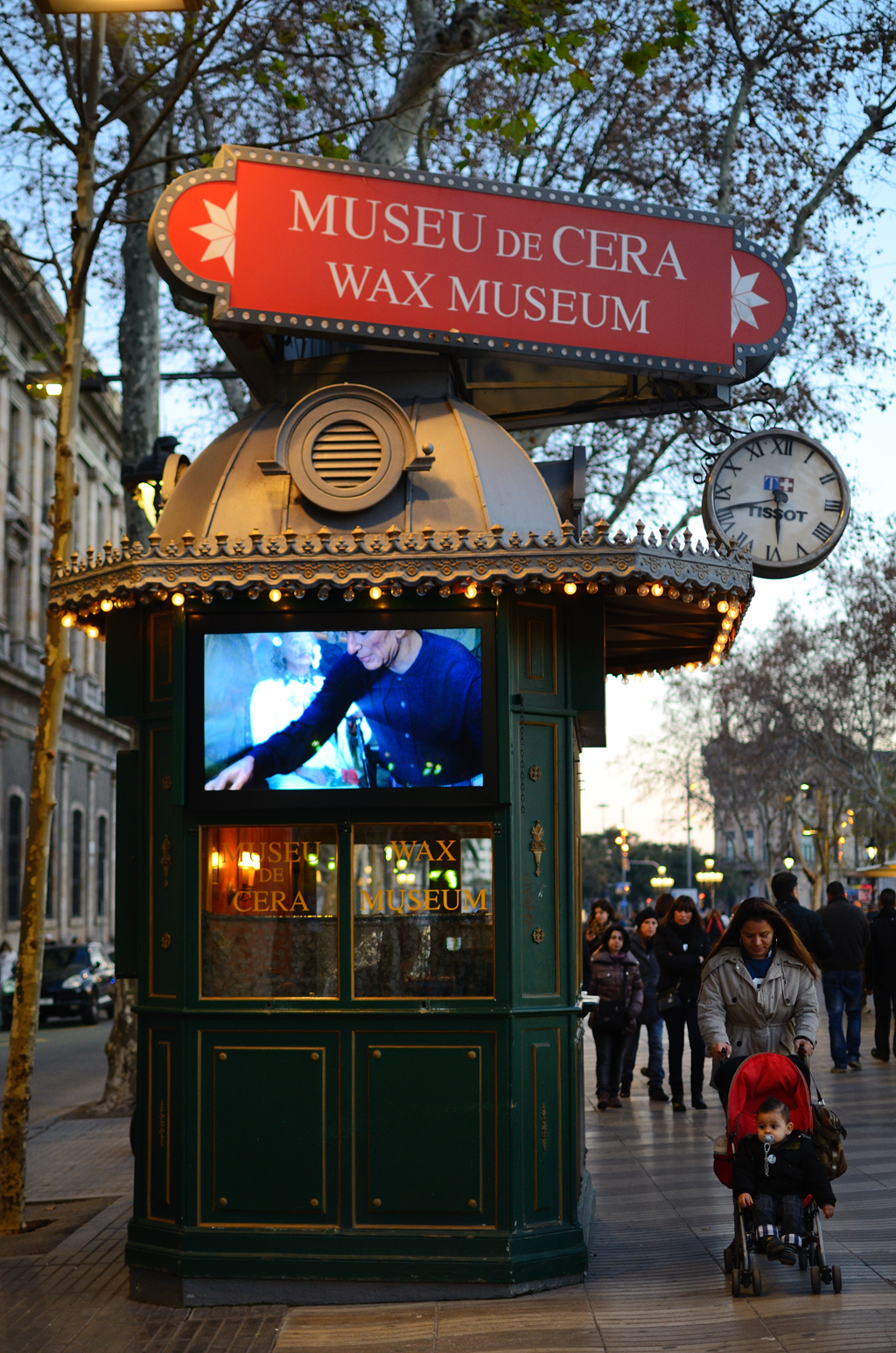
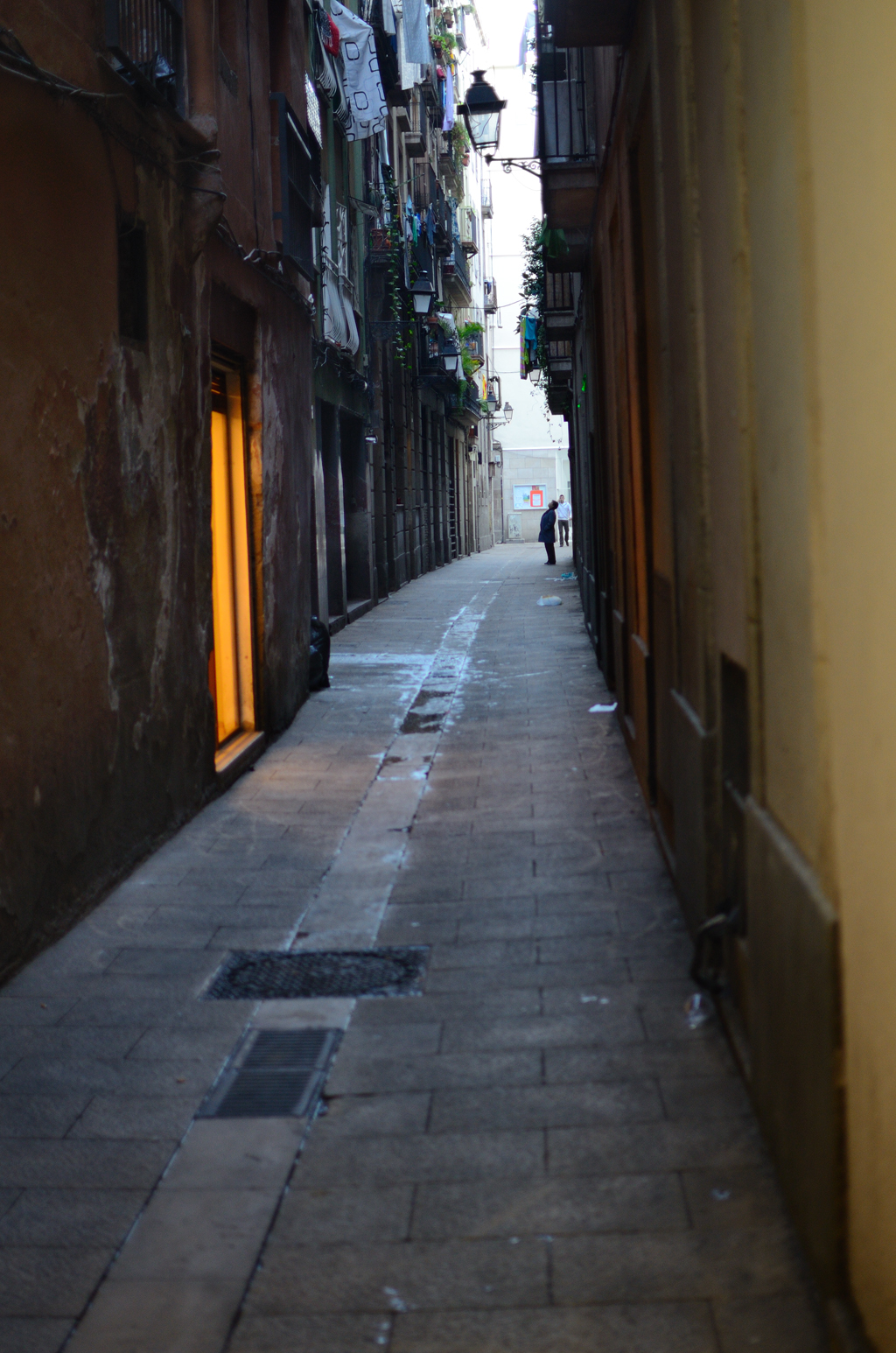
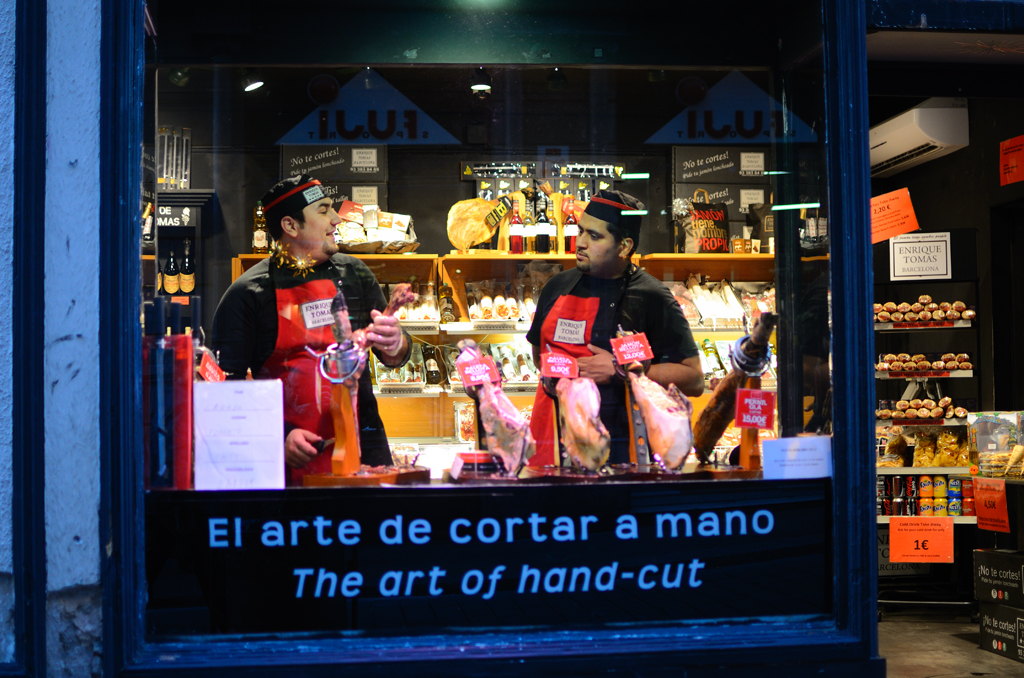
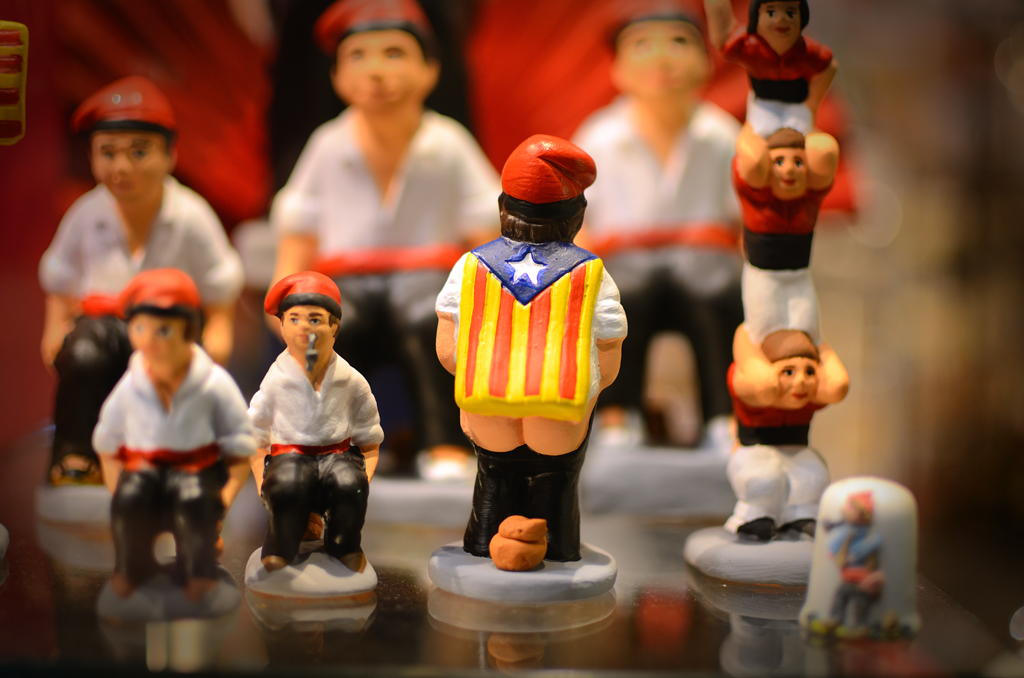

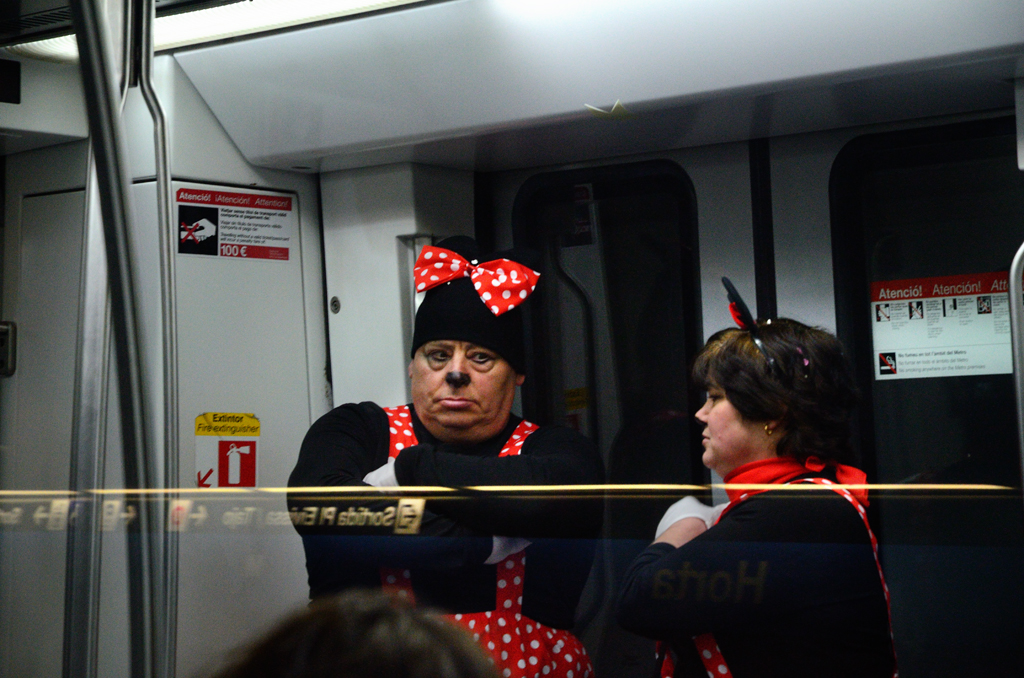
![[enlarge]](https://1.bp.blogspot.com/-2FycwqAy9p4/UROVgV0KehI/AAAAAAAACHg/tjArcDAvFPI/s1600/Barcelona%2BTwin%2BTowers%2B-%2Boh-barcelona.com.jpg)
